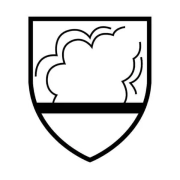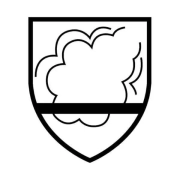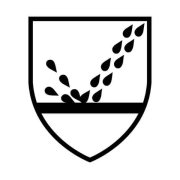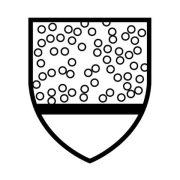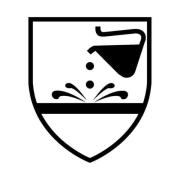Protective clothing is used in a wide range of application scenarios, including but not limited to the following:
- Medical environment: In the medical environment, safety clothing is an important protective equipment for healthcare personnel. Especially when contacting patients with infectious diseases, performing surgeries or coming into contact with harmful substances, protective clothing can effectively isolate viruses, bacteria and other contaminants to protect the safety of healthcare workers.
- Laboratory environment: In chemical laboratories, biological laboratories and other environments, safety clothing is also essential equipment. These environments contain a large number of harmful substances, such as acidic and alkaline liquids, viruses, bacteria, etc., and protective clothing can provide effective isolation and protection to ensure the safety of laboratory personnel.

- Industrial production: In the process of industrial production, protective clothing also plays an important role. For example, in contact with toxic and hazardous substances, handling dangerous waste, high or low-temperature operations, etc., protective clothing can provide the necessary protection to prevent workers from being harmed.
- Other Scenarios: In addition to the above scenarios, protective clothing is also suitable for other scenarios that require protection, such as firefighting, rescue, military, etc. In these scenarios, protective clothing can provide the necessary protection to prevent workers from being injured. In these scenarios, protective clothing can provide additional protection to reduce the risk of injury.
In short, the application of protective clothing is a very wide range of scenarios, as long as there is a need to protect the situation, you can consider the use of safety clothing to protect the safety of personnel. In addition to the medical, laboratory, industrial production and rescue scenarios mentioned above, protective clothing can also be used in the following industries:
In addition to the medical, laboratory, industrial production and rescue scenarios mentioned above, protective clothing can also be used in the following industries:
1. food processing industry: in food processing plants, protective clothing can protect workers from factors such as food residues, chemicals and high temperatures, as well as preventing cross-infection of bacteria and other contaminants.
2. Public health events: In the event of a public health event, such as an outbreak of an epidemic or an epidemic of an infectious disease, safety clothing is an important measure to protect healthcare workers and the public from pathogens.
3. agriculture and animal husbandry: in agriculture and animal husbandry, protective clothing can protect workers from pesticides, fertilisers, animal diseases and other harmful substances.
4. Construction sites: On construction sites, protective clothing can protect against dust, noise, chemicals and other potential risks, ensuring the safety of workers.
5. scientific research experiments: in scientific research experiments, especially in experiments involving biological safety, chemical safety or radioactive substances, protective clothing is essential protective equipment.
6. Exploration and outdoor sports: In exploration, outdoor sports or extreme weather conditions, safety clothing can protect against cold, wind and rain, ultraviolet rays and other natural environments.
In short, the application of protective clothing is very diverse, covering almost all areas that require protection. In different scenarios, choosing the right type of protective clothing and the right way to wear it is crucial to ensure personnel safety.


-705x705.webp)








